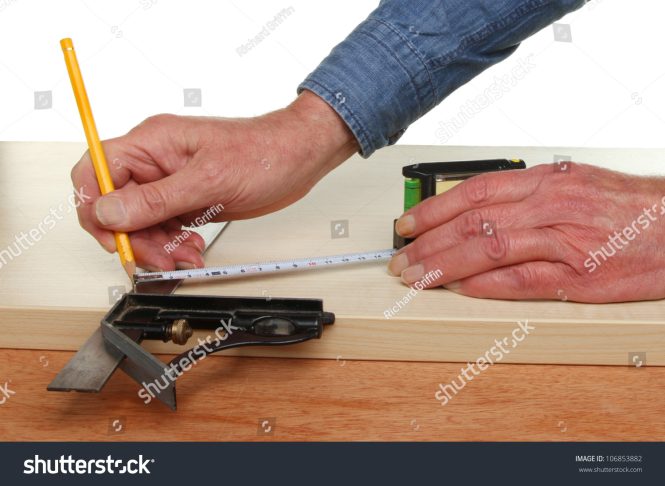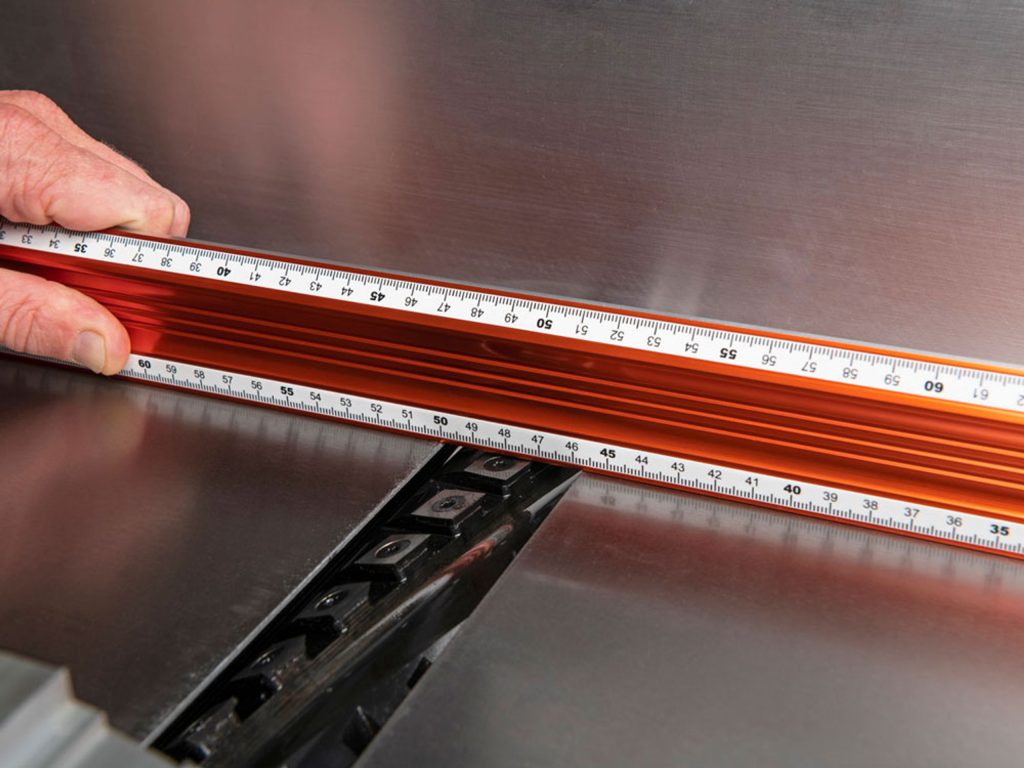

Measuring and marking wood accurately is fundamental to successful woodworking projects. A slight miscalculation can ruin hours of work and leave you with a frustratingly imperfect piece. Whether you’re a seasoned craftsman or a curious beginner, this in-depth guide will provide you with the knowledge and skills needed to master the art of precision marking for your woodworking projects. This guide will address common challenges, providing actionable solutions. We’ll cover essential tools, techniques, and tips, and walk you through real-world examples. By the end, you’ll be a pro at measuring and marking wood, confident in your ability to create exceptional woodworking pieces. This comprehensive guide is structured as follows: essential tools, measuring techniques, marking methods, advanced techniques and tips, and error correction strategies.
Essential Tools for Precision Marking
Choosing the Right Tools
The first step in measuring and marking wood like a pro is to equip yourself with the necessary tools. Having the right tools drastically improves accuracy and efficiency. For accurate measurements, a combination of tools is essential—steel rulers, tape measures, squares, and marking gauges. Each tool plays a unique role, from providing precise measurements to creating clean, clear marks. The quality of your tools directly impacts the quality of your woodworking. Invest in high-quality tools to avoid errors and frustration later on.
Understanding the Functionality of Different Marking Tools
Different marking tools serve different purposes. Steel rulers are essential for straight-line measurements, while tape measures allow you to take measurements of curved or irregularly shaped pieces. Squares are critical for ensuring right angles, while marking gauges are essential for creating repeatable marks and maintaining consistent measurements. Mastering each tool’s application is crucial to producing consistent, precise results. Knowing the strengths and weaknesses of each tool will allow you to approach your project with confidence.
Maintaining Tool Sharpness and Calibration
Regular maintenance of your tools ensures their accuracy and longevity. Keep your tools clean and sharp to prevent errors in your marking. Proper calibration prevents misinterpretations of measurements. Investing time in sharpening blades and ensuring tools are calibrated will reduce your errors and save you time in the long run. It’s an investment that pays off.
Measuring Techniques for Accuracy
Understanding Different Measurement Units
Understanding various measurement units is crucial. While inches and centimeters are common units, knowing how to convert between them is vital. This eliminates confusion and ensures your measurements translate accurately into your woodworking plans.
Using Rulers and Tape Measures Effectively
Mastering the use of rulers and tape measures is essential for accurate measurements. Knowing how to read markings correctly and how to maintain alignment with the material is key. Always ensure proper alignment for accurate measurements. Familiarize yourself with the measuring systems used in your region and country.
Triangulation and Other Advanced Measuring Methods
Learn about triangulation and other advanced techniques for measuring irregularly shaped pieces. These techniques prove invaluable when working with complex shapes. Triangulation enables accurate measurements of irregular pieces, crucial in creating detailed or complex designs.
Marking Methods for Clean and Consistent Marks
Types of Marking Materials
Choosing the right marking material significantly affects the quality of your marks. Common materials include pencils, marking pens, and chalk. Understanding the strengths and limitations of each material helps in selecting the most suitable marking method for each project.
Creating Sharp and Visible Marks
Creating sharp, visible marks is crucial for following your plans and ensuring accuracy. The proper application of your marking tools and materials influences the clarity and visibility of the marks.
Transferring Marks to Wood Accurately
Transferring marks from a drawing or template to the wood accurately is crucial for achieving the desired shape. A well-defined transfer method is essential to ensure proper shape and alignment for the project.
Advanced Techniques and Tips
Advanced Woodworking Tools and Equipment
The use of advanced woodworking tools and equipment enhances speed and efficiency in measuring and marking wood. Modern tools allow for precise measurements and markings with less effort and more accuracy.
Working with Complex Shapes and Curves
Working with complex shapes and curves demands advanced measuring and marking techniques. Advanced methods and tools allow for consistent marking of curved or irregular shapes.
Maintaining Consistency and Precision
Maintaining consistency and precision is paramount to high-quality woodworking. Employing strategies to ensure precision and accuracy, such as double-checking measurements, or applying quality control during each step, are essential for producing high-quality work.
Error Correction Strategies
Identifying and Preventing Mistakes
Recognizing mistakes early on helps prevent them from growing into larger problems. Early identification saves time and material waste. A thorough understanding of wood grain and structure, as well as the ability to interpret and understand your diagrams/plans aids in early problem-solving.
Fixing Marking Errors
Learning how to fix marking errors saves material and time, maintaining the integrity of your work. Different marking errors can be tackled effectively through careful corrections to avoid wasting valuable resources.
Using Templates and Jigs for Efficiency and Accuracy
The use of templates and jigs can reduce mistakes by eliminating the need for repetitive measurements or marks. Use of tools such as jigs and templates reduces errors by providing precise guides for marking and shaping. This increases efficiency.
In conclusion, mastering the art of measuring and marking wood is crucial for any woodworking enthusiast. By following the steps outlined in this guide, you can significantly improve accuracy and efficiency in your projects. Remember to practice regularly and refine your technique. For further guidance and project inspiration, consider exploring woodworking communities online or attending workshops. This will not only enhance your skills but also spark your creativity. Ready to take your woodworking to the next level? Start measuring and marking wood like a pro today!